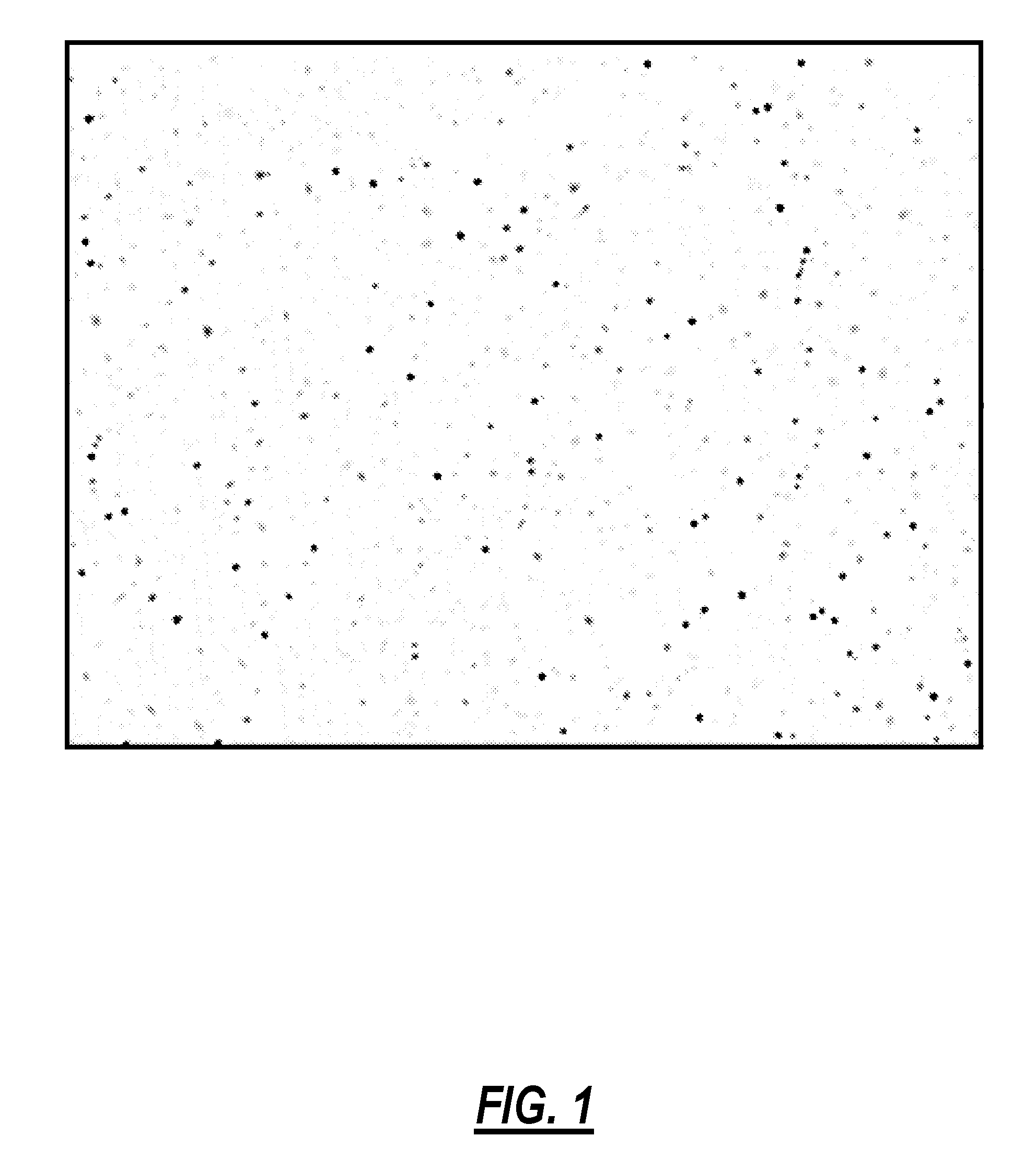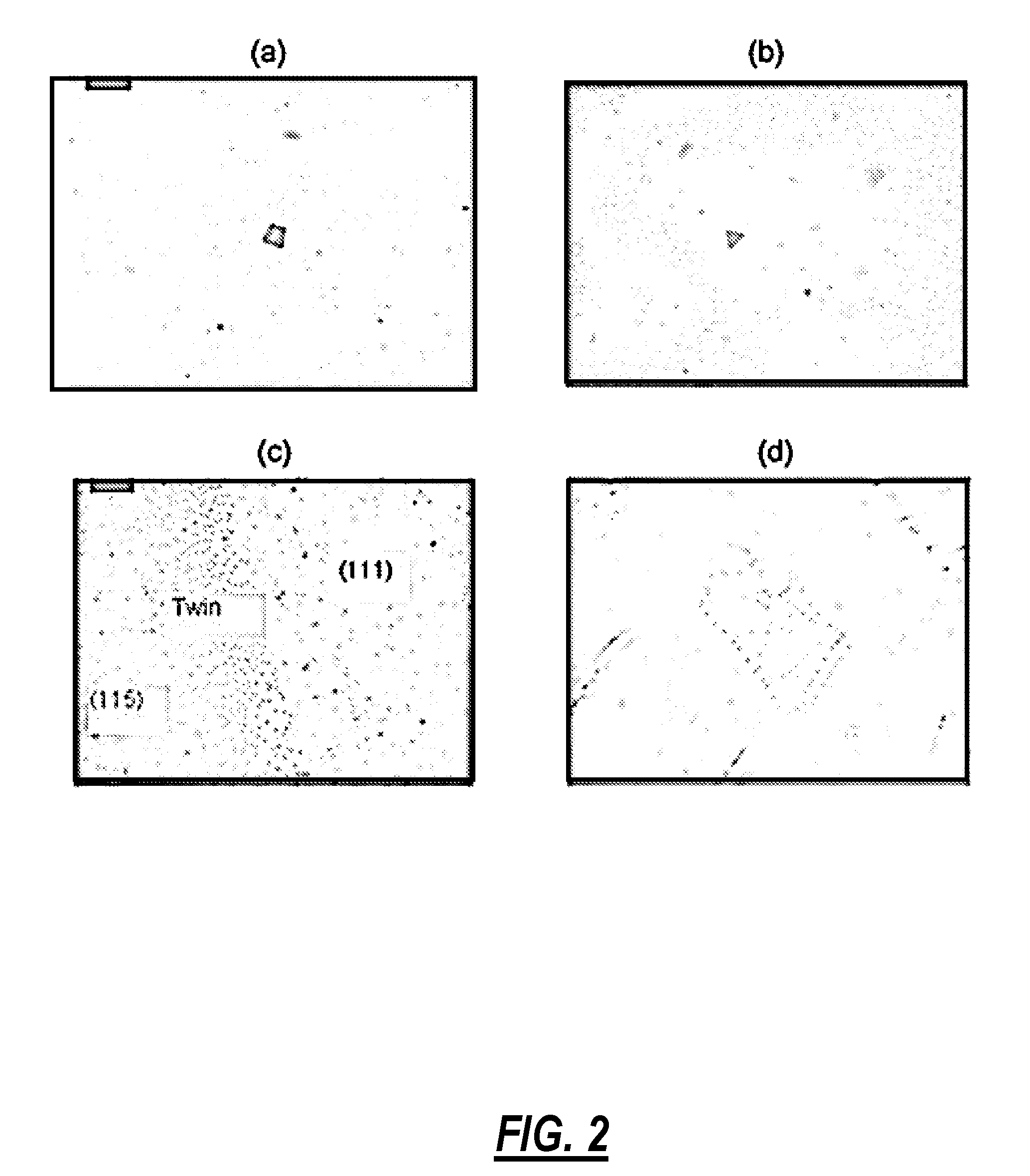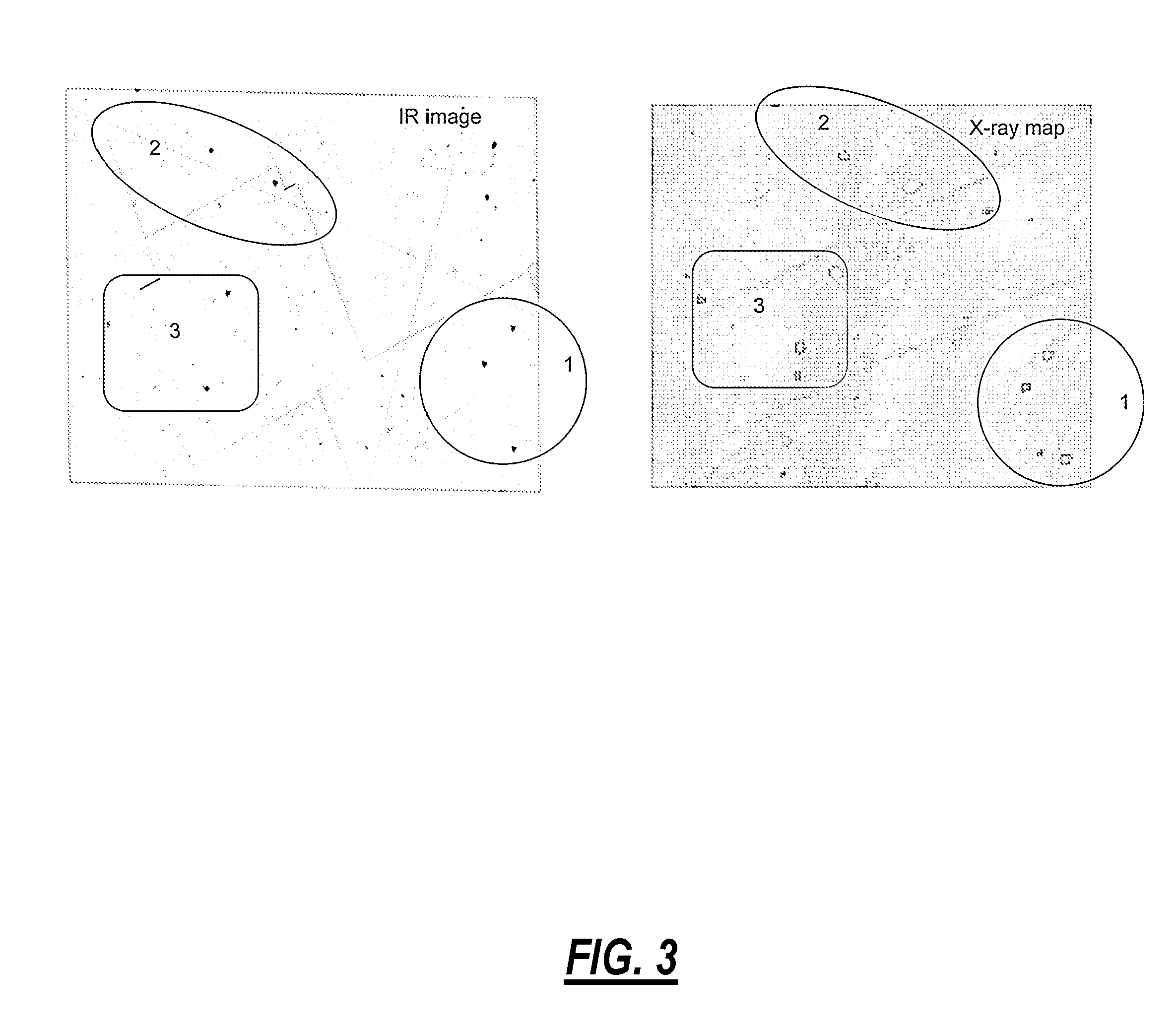Inclusion free cadmium zinc tellurium and cadmium tellurium crystals and associated growth method
a technology of cadmium tellurium and inclusion free cadmium, which is applied in the direction of crystal growth process, selenium/tellurium compound with other elements, polycrystalline material growth, etc., can solve the problems of limiting the sensitivity and application of economical radiation detectors, large czt detectors have not achieved the anticipated performance, and the crystal growth process is not easy to achiev
- Summary
- Abstract
- Description
- Claims
- Application Information
AI Technical Summary
Benefits of technology
Problems solved by technology
Method used
Image
Examples
Embodiment Construction
[0024]In various exemplary embodiments, the present invention provides systems and methods for crystal growth of cadmium zinc tellurium (CZT) and cadmium tellurium (CdTe) crystals with an inverted growth reactor chamber. The inverted growth reactor chamber enables growth of single, large, high purity CZT and CdTe crystals that can be used, for example, in radiation detection or the like. The inverted growth reactor chamber enables reductions in the presence of Te inclusions that are now recognized as an important limiting factor in using CZT or CdTe as radiation detectors. The inverted growth reactor chamber can be utilized with existing crystal growth techniques such as the Bridgman crystal growth mechanism and the like. In an exemplary embodiment, the inverted growth reactor chamber includes a U-shaped ampoule.
[0025]Referring specifically to the drawings, FIG. 4 shows a schematic of a conventional Bridgman crystal growth mechanism. This is the mechanism most often employed for gro...
PUM
| Property | Measurement | Unit |
|---|---|---|
| Force | aaaaa | aaaaa |
| Force | aaaaa | aaaaa |
| Temperature | aaaaa | aaaaa |
Abstract
Description
Claims
Application Information
 Login to View More
Login to View More - R&D
- Intellectual Property
- Life Sciences
- Materials
- Tech Scout
- Unparalleled Data Quality
- Higher Quality Content
- 60% Fewer Hallucinations
Browse by: Latest US Patents, China's latest patents, Technical Efficacy Thesaurus, Application Domain, Technology Topic, Popular Technical Reports.
© 2025 PatSnap. All rights reserved.Legal|Privacy policy|Modern Slavery Act Transparency Statement|Sitemap|About US| Contact US: help@patsnap.com



